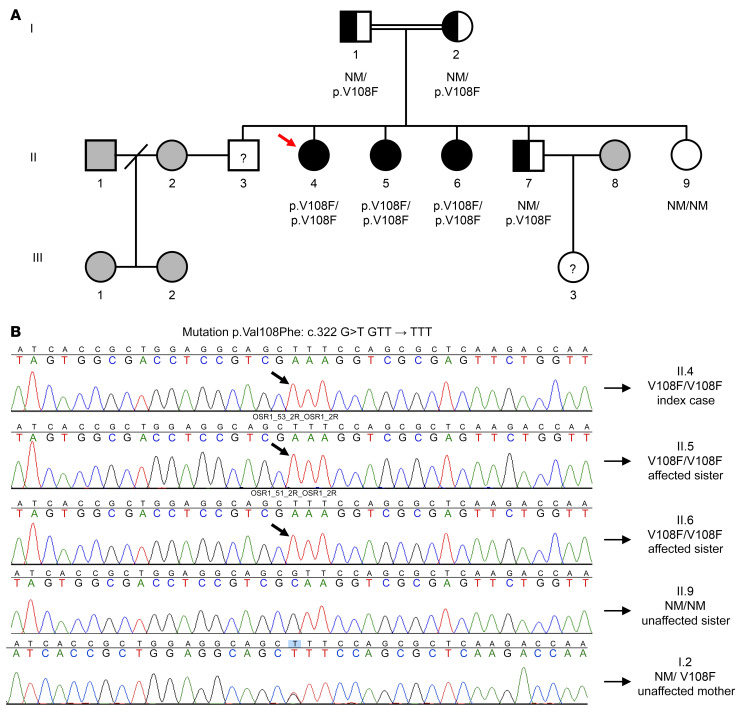Figure 2. A missense mutation in the OSR1 gene of a 29-year-old woman (proband) with primary amenorrhea and a developmental anomaly of the reproductive tract.
(A) Family pedigree; squares indicate male family members, circles female family members. (B) Partial sequencing chromatographs of OSR1 gene. (A and B) The 3 affected sisters are homozygous (black circles (A) and black arrows (B)) for a missense mutation in the OSR1 gene, resulting in a p.V108F substitution. The proband (II.4, red arrow) and her affected sister (II.6) developed spontaneous left tubal pregnancies. Parents (I.1 and I.2) are first-degree cousins and are heterozygous (half-black/half-white square and circle) for the OSR1 p.V108F mutation, as is a fertile brother (II.7). The infertile male sibling (II.3) and the niece (III.3) were not available for clinical and genetic evaluation. Unrelated individuals are represented in gray (not studied). NM denotes nonmutated.

